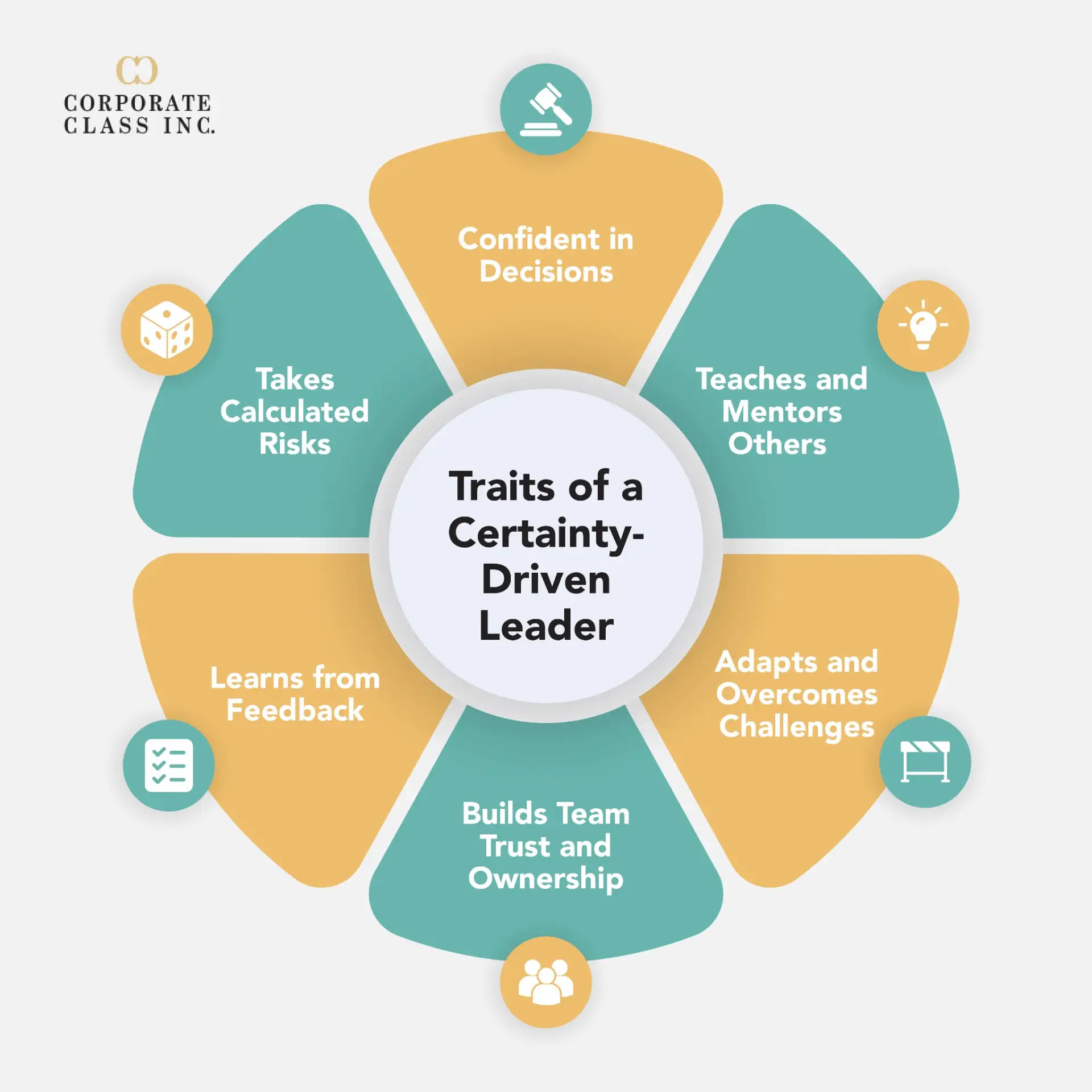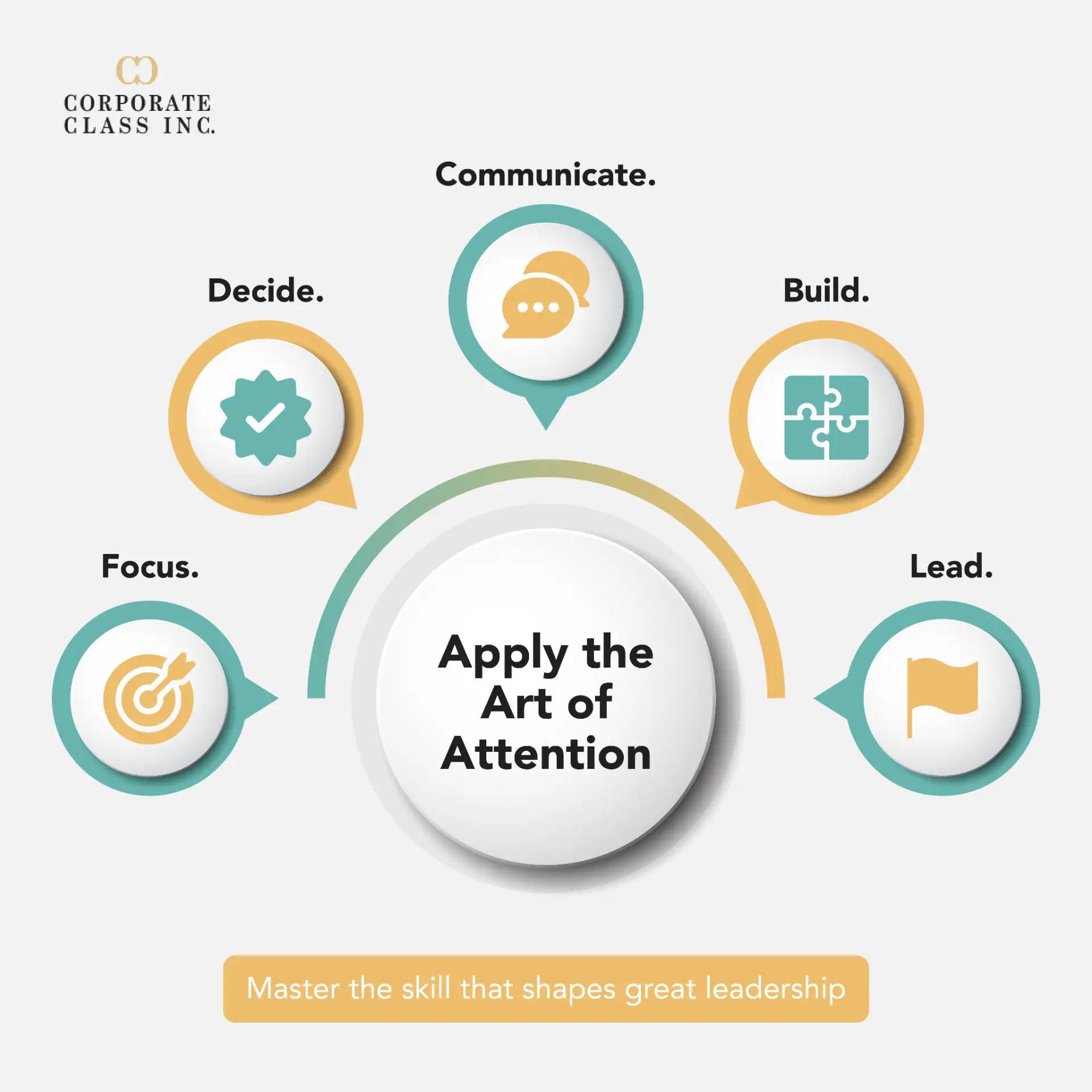The Correct Estimation trait of the Breakthrough Point Certification Program is a foundational pillar upon which a leader’s acumen and effectiveness are built. Often overlooked yet undeniably pivotal, this trait encapsulates a leader’s aptitude to grapple with reality head-on, without the distortion of personal biases or preconceived notions. It is vital in defining one’s ability to perceive the world as it truly is, enabling them to navigate the intricate web of human interactions with sagacity and precision.
This trait, which involves the willingness to confront the unvarnished truth and a commitment to observing life without the interference of subjective filters, plays a critical role in leadership. In the following exploration, we’ll delve into the multifaceted nature of the Correct Estimation trait, unearthing its profound significance in leadership contexts. Additionally, we’ll uncover strategies to nurture and harness this trait, empowering leaders to make informed decisions and foster environments characterized by authenticity and clarity.
The Significance of Correct Estimation in Leadership
At the heart of Correct Estimation lies the willingness and ability to look at things as they truly are, devoid of distortions or illusions. In the context of leadership, this trait becomes a guiding light, enabling leaders to make well-informed decisions based on a clear understanding of reality. Leaders with a high Correct Estimation trait demonstrate tolerance, understanding, and an acute sense of common sense. They possess the invaluable skill of estimating efforts and priorities accurately, ensuring that their actions align with the true nature of circumstances.
Moreover, a strong Correct Estimation trait fosters open-mindedness, enabling leaders to be good listeners, tactful communicators, and proponents of agreement within their teams. It allows them to convert ideas into action with clarity and precision. Conversely, leaders with a low Correct Estimation trait may fall prey to critical and intolerant tendencies, fixating on their idealized visions of reality. They struggle to accept deviations from this ideal and tend to prioritize being right over finding common ground.
High Correct Estimation Trait: Navigating Reality with Clarity
Leaders endowed with a high Correct Estimation trait possess a unique ability to perceive reality with unparalleled clarity. Their willingness and aptitude to confront truth head-on, unburdened by personal biases or preconceptions, set them apart. They operate with an inherent tolerance and understanding that empowers them to make decisions grounded in common sense. Adept at estimating efforts and priorities accurately, they navigate complex situations with precision, ensuring their actions align with the true nature of circumstances.
These leaders are open-minded listeners who excel at fostering agreement and cooperation within their teams. Their communication is marked by tact and clarity, enabling them to convert ideas into action effectively. What distinguishes them is their profound grasp of the true essence of things. They acknowledge their own fallibility and approach life with a willingness to adapt and learn. They understand that the world is nuanced, and their high Correct Estimation trait equips them to deal with its intricacies effectively.
Low Correct Estimation Trait: The Struggle with Idealization
Conversely, leaders characterized by a low Correct Estimation trait grapple with a propensity to idealize reality. They find it challenging to accept deviations from their idealized visions of how things should be. This inclination towards rigidity can lead to critical and intolerant behaviors when confronted with situations that don’t align with their idealized constructs.
These leaders often prioritize being right over finding common ground or understanding diverse perspectives. They may struggle with effective decision-making as their judgments are clouded by personal biases and an aversion to confronting uncomfortable truths. It’s essential for leaders with low Correct Estimation traits to recognize these tendencies and actively work on broadening their perspectives and embracing open-mindedness.
Compulsive Correct Estimation Trait: Analyzing to Excess
The Compulsive Correct Estimation trait represents a unique challenge. When this trait is only one point above the Certainty trait, it becomes compulsive. Individuals with this trait find themselves compelled to analyze even when it’s unnecessary. They tend to overanalyze even the most logical aspects of life, delving into trivial details or engaging in arbitrary analysis.
These individuals may get embroiled in debates or discussions that seem inconsequential to others, driven by a relentless need to dissect every aspect of reality. In leadership, this trait can manifest as a tendency to overcomplicate matters and an inclination to prioritize analysis over action. Recognizing this compulsion and channeling it effectively is essential for leaders to avoid becoming bogged down by unnecessary scrutiny.
Understanding these nuances of the Correct Estimation trait in high, low, and compulsive forms provides leaders with valuable insights into their decision-making processes and interpersonal dynamics. By actively developing this trait and recognizing its variations, leaders can navigate the complex terrain of leadership with enhanced effectiveness and wisdom.
Developing the Correct Estimation Trait for Leadership Excellence
By actively developing the Correct Estimation trait, leaders can not only enhance their decision-making abilities but also foster a culture of truth, transparency, and open-mindedness within their teams. This, in turn, leads to more effective problem-solving, better relationships, and ultimately, elevated leadership excellence. Here are some pointers to help develop the Correct Estimation Trait:
1. Embrace Open-Mindedness
Start by cultivating an open-minded approach to information and experiences. Be willing to confront your own biases and preconceived notions. Engage in activities that challenge your perspectives.
2. Active Listening
Practice active listening by genuinely focusing on what others are saying without immediately forming judgments or opinions. Encourage diverse viewpoints within your team and seek to find common ground even in the face of differing opinions.
3. Reality-Based Decision-Making
Prioritize evidence-based decision-making. Gather data and facts before drawing conclusions. Avoid making hasty judgments or decisions based solely on emotions or personal biases.
4. Tolerance for Uncertainty
Accept that life is inherently uncertain. Develop the resilience to face ambiguity and make decisions even when all the variables are not entirely clear. Trust in your ability to adapt as new information emerges.
5. Continuous Learning
Engage in lifelong learning to expand your knowledge and understanding of various subjects and perspectives. This broadens your ability to perceive reality from different angles.
6. Self-Reflection
Regularly reflect on your own actions, decisions, and judgments. Ask yourself whether you are seeing things as they are or as you want them to be. Be open to adjusting your views based on new insights.
7. Collaborative Leadership
Encourage a culture of open communication and collaboration within your team or organization. Promote the idea that collective Correct Estimation leads to more accurate assessments of reality.
8. Seek Feedback
Actively seek feedback from trusted colleagues and mentors regarding your ability to estimate reality accurately. Use this feedback constructively to improve your Correct Estimation trait.
By actively developing the Correct Estimation trait, leaders can not only enhance their decision-making abilities but also foster a culture of truth, transparency, and open-mindedness within their teams. This, in turn, leads to more effective problem-solving, better relationships, and ultimately, elevated leadership excellence.
Understanding the Correct Estimation Trait
The Correct Estimation trait is the compass that guides leaders through the intricate labyrinth of human interactions and decision-making processes. The ability to see the world as it truly is, untainted by biases and prejudices, is a formidable asset for any leader.
In this journey through the facets of the Correct Estimation trait, we’ve unveiled its pivotal role in leadership. From its power to inform decisions to its capacity to foster authentic and transparent relationships, this trait is undeniably vital. As leaders, cultivating the willingness to confront reality, to see things objectively, and to embrace truth as our guiding star is a transformative endeavor.
To excel as leaders, we must continually strive to develop and harness the Correct Estimation trait. It’s a journey of self-awareness, open-mindedness, and a commitment to introspection. By doing so, we not only enhance our own leadership effectiveness but also create environments where authenticity, clarity, and informed decision-making flourish. In the end, the Correct Estimation trait is not just a leadership attribute; it’s the cornerstone upon which exceptional leadership is built.
Whether you’re starting your leadership journey or looking to enhance your existing skills, the Breakthrough Point Assessment Orientation Workshop provides a unique opportunity to explore and develop your Correct Estimation trait, setting you on a path to lead with intention and impact. In this bold approach to leadership, the possibilities are limitless, and the future is defined by visionary leaders unafraid to conquer new horizons.












